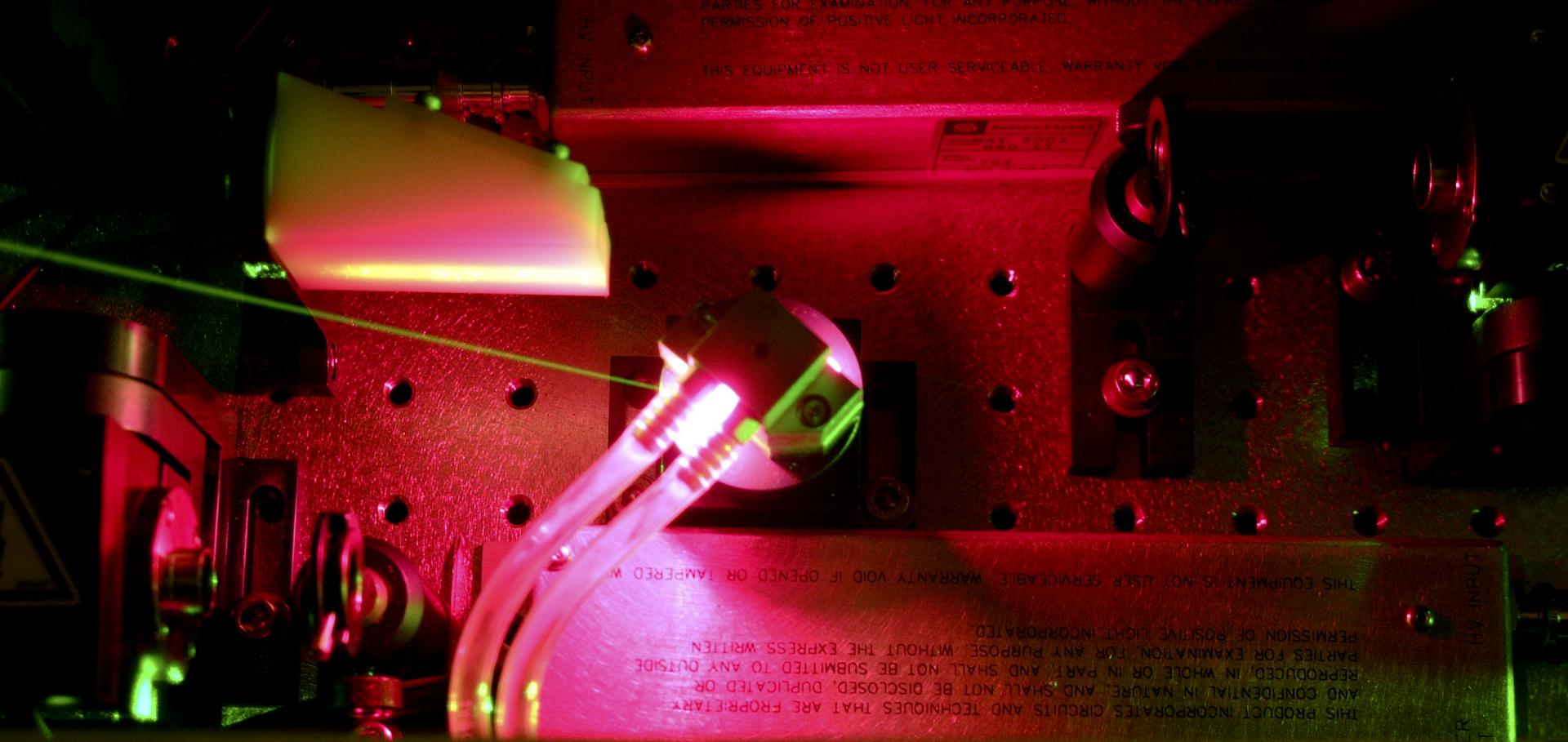Effects of polarization on inverse Bremsstrahlung heating of a plasma.
Phys Rev E Stat Nonlin Soft Matter Phys 72:3 Pt 2 (2005) 036402
Abstract:
A molecular dynamic (MD) code is used to compare the rates of heating by inverse Bremsstrahlung (IB) for circularly and linearly polarized radiation. For low intensities the heating rate is found to be independent of polarization. However, at higher intensities the variation of the heating rate with the radiation intensity is found to exhibit a sharper peak for circularly polarized than linearly polarized radiation. This difference is explained in terms of differences in the variation of the electron quiver speed during the optical cycle for linearly and circularly polarized radiation. An analytical expression--which includes a term which is nonlinear in the density of the plasma--for the rate of IB heating is fitted to the rates calculated by the MD code.Progress in optic-field-ionization soft X-ray lasers at LOA
LASER PART BEAMS 23:3 (2005) 351-356
Abstract:
We give on overview of recent advances in collisionally pumped optical field-ionization soft X-ray lasers developed at LOA. Saturated amplification has been achieved on the 5d-5p transition in Xe8+ at 41.8 nm, and on the 4d-4p transition in Kr8+ at 32.8 nm. We demonstrate a significant increase of the energy output from the Xe8+ laser driven within two types of wave-guide. Finally, we present results of a pioneering work aimed to set up and characterize the first true soft X-ray laser chain.Collisional lasers at 41.8 nm in a guided regime
J PHYS IV 127 (2005) 33-37
Simulations of recombination lasing in Ar7+ driven by optical field ionization in a capillary discharge waveguide
Optics Communications 249:4-6 (2005) 501-513
Abstract:
We present calculations of the small-signal gain coefficient, gain length, and output energy of a recombination laser in Ar7+ driven by optical field ionization. Simulations are presented for both 400 and 800 nm pump radiation, and for two targets containing mixtures of argon and hydrogen: a gas cell, and a gas-filled capillary discharge waveguide. Extremely high values for the small-signal gain coefficient are calculated for the 4s-3p transition at 23.2 nm using a pump wavelength of 400 nm for both the gas cell and waveguide. Operation in the waveguide is predicted to greatly increase the XUV laser output owing to a large increase of the gain length. The calculations also show that use of the waveguide allows significant single-pass gain to be achieved even with pump radiation of 800 nm wavelength. © 2005 Elsevier B.V. All rights reserved.Pseudoresonant laser wakefield acceleration driven by 10.6-μm laser light
IEEE Transactions on Plasma Science 33:1 I (2005) 3-7


